
by Anne Mooney | May 26, 2021 | Zoning and Development
Open Letter to Mayor and Commissioners
We Need More Quiet Zones – Protect Progress Point
by Guest Columnist Charley Williams / May 26, 2021
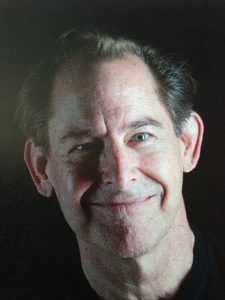 A friendly reminder. Just a few steps away from the Progress Point site sits Martin Luther King, Jr. Park, which has been stripped of well over 20 percent of its natural green space to make way for the Library-Events Center.
A friendly reminder. Just a few steps away from the Progress Point site sits Martin Luther King, Jr. Park, which has been stripped of well over 20 percent of its natural green space to make way for the Library-Events Center.
You have a chance to even the score and sooth sore feelings by using Progress Point to restore to our community some of that lost passive green space. Yet, it’s beginning to sound like you plan turn it into some sort of Church Street Station retail-a-palooza.
The entire length of Orange Ave is already a retail zone, and half of Progress Point is already slated to become parking.
How about using what’s left for a park bench with shade trees, bike racks, yoga mats, a drinking fountain, and a pond or fountain? But, please, a park bench without a discarded paper taco tray sitting on it, without a half-full soft drink can underneath it and without a nearby trash can overflowing with IPA cans. And without canned music spilling from a food court.
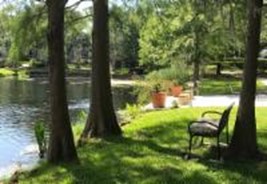 We do not need to be entertained 24/7. Parks, by definition, don’t need to be “activated.” What we need is the viewshed. What we need is some relative peace and quiet. We need to able to hear ourselves think. We would like to enjoy the natural light.
We do not need to be entertained 24/7. Parks, by definition, don’t need to be “activated.” What we need is the viewshed. What we need is some relative peace and quiet. We need to able to hear ourselves think. We would like to enjoy the natural light.
We have only one Progress Point. For the sake of the soul of our city and the souls who live here, honor it by keeping it green.
Please urge your designers to do better.
With appreciation for all you do.
To comment or read comments from others, click here →
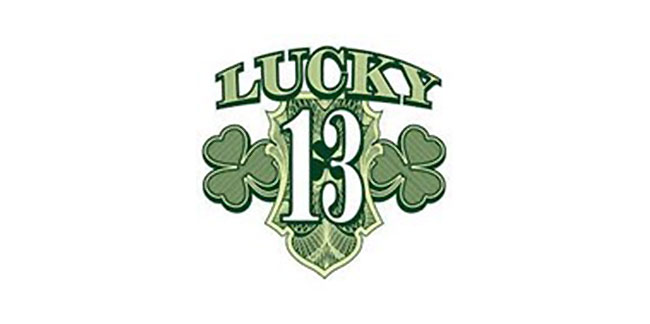
by Anne Mooney | May 11, 2021 | News, Zoning and Development
$13 Million in Stimulus Funds Earmarked for Winter Park
by Anne Mooney / May 11, 2021
Winter Park stands to receive almost $13 million in federal stimulus funds earmarked through the American Rescue Plan (ARP), providing us a rare opportunity to rebuild from the pandemic and to shape future programs.
Tomorrow’s Commission discussion is one you may want to tune into, as it could directly affect many people and organizations in Winter Park.
Commission will decide where to spend the money
At its Wednesday, May 12, meeting, the Commission will undertake to prioritize the allocation of ARP dollars, which they anticipate will arrive in two payments. The first payment of $7,426,723 should arrive this month, May 2021; the second payment in the same amount should come in May 2022. The ARP requires all funds to be expended by the end of 2024.
Some dollars are restricted
Although guidance from the Feds is oblique (surprise!), City staff estimates about $3 million may be spent on any purpose the City decides, as these funds are intended to replace losses incurred as a result of the pandemic. A suggestion in a federal document reads, in part: “(1)(A) “. . . assistance to households, small businesses, and non-profits, or aid to impacted industries such as tourism, travel, and hospitality.”
The remaining $10 million will be subject to restrictions imposed by the legislation. Clearly allowed are transfers of funds to non-profits, economic development studies, water and sewer enhancements and internet improvements.
Other infrastructure dollars under discussion at the federal level
Less clear is whether the City can use these funds for transportation improvements. City staff is monitoring discussions at the federal level of a separate $2 trillion infrastructure bill, as that money could fund transportation improvements that are not eligible under the ARP.
Thoughts from the April 28 workshop
On April 28, the Commission held a workshop to discuss setting priorities for ARP funds. Funding that can only be spent on eligible categories fell into four broad categories: 1) recurring non-profit partners, excluding Dr. Phillips Performing Arts Center, 2) households and small businesses, 3) tourism, travel and hospitality, and 4) broadband.
Interesting among the categories was the discussion around “recurring non-profit partners.” First was the exclusion of the Dr. Phillips Performing Arts Center, which will still get its promised $100,000, but no extra money from the ARP pot of dollars.
Local organizations will receive extra ARP dollars
Commissioners discussed using the ARP funds to add 50 percent to current City funding levels for each of the following non-profits. For further detail and exact dollar amounts, click here: Local Organizations
Winter Park Public Library
Historical Association
United Arts
Polasek
Mead Garden
Winter Park Day Nursery
Blue Bamboo
Welbourne Day Nursery
Enzian Theater
Winter Park Playhouse
Depugh Nursing Home
Heritage Center (Crealde)
WPPL – just another non-profit?
The Winter Park Public Library, currently the recipient of the largest tranche of City dollars, could garner an additional $828,000 through the ARP – if it is treated the same as the other non-profits that receive City support. The question of whether or not to make the library a separate line item or to include it with the rest of the non-profits has yet to be answered.
“Apples and peaches,” says Weaver
“I would prefer the Commission discuss library funding from the ARP as a line item separate from the other non-profits,” said Commissioner Todd Weaver. “I don’t think we can compare the effect the pandemic had on the library with the effect it had on the other non-profits, which are dependent on sales or attendance at events. They are apples and peaches.”
Sullivan is of like mind.
“I am in favor of continuing the funding, which is approximately two-thirds of their budget,” said Commissioner Marty Sullivan. “However, it seems apparent that financial impact of COVID on the library would be less than on the other non-profits, because they already rely primarily on the City for their funding, whereas the others do not.”
Commissioner Carolyn Cooper said she thought it might be a good idea to consult one of the City Advisory Boards as to the appropriate allocation of funds among these groups.
Tune in tomorrow to find out.
To comment or read comments from others, click here →
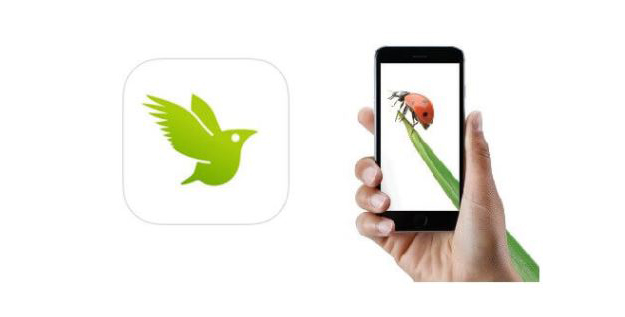
by Anne Mooney | Apr 27, 2021 | News
Join the ‘City Nature Challenge’ April 30 – May 3
Grab Your Phone, Take a Walk and Help Winter Park Plan Its Green Future
Guest Columnist Bob Morris / April 27, 2021
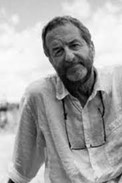 Walking around our neighborhood the other day, on the outskirts of Mead Botanical Garden, I spotted a couple of bright red fruitlike things growing on a scraggly vine in a stormwater ditch. They looked sort of like plum tomatoes but were tinier than my thumb. So I took a photo and uploaded it into my trusty sidekick of late – the iNaturalist app.
Walking around our neighborhood the other day, on the outskirts of Mead Botanical Garden, I spotted a couple of bright red fruitlike things growing on a scraggly vine in a stormwater ditch. They looked sort of like plum tomatoes but were tinier than my thumb. So I took a photo and uploaded it into my trusty sidekick of late – the iNaturalist app.
I’m not typically an app-grabbing kinda guy. Why accumulate more attention-sucking novelties when life is too cluttered as it is?
But the iNaturalist app? It’s free, and it’s one of the coolest things going. Especially, if like me, you enjoy walking around Winter Park, traipsing through our parks and along our lakes, taking in all the gorgeous stuff that deserves to be taken in and, much of the time, having absolutely no idea what you’re looking at. With iNaturalist, all you do is take a photo, load it into the app-osphere and up pops, if not a definitive i.d., then at least a solid suggestion based on similar sightings and reviews by a community of bona-fide naturalists, botanists, zoologists and scientists of every sort.
Sign up! Join in! The City Nature Challenge is April 30 – May 3.
More important: the iNaturalist app is an essential tool if you’d like to join in the upcoming City Nature Challenge (April 30-May 3), an international survey of urban biodiversity that Winter Park will be taking part in this year for the first time.
Let me put that in stronger terms: Sign up! Join in! Because keeping track of what’s living around us now will help determine how we all live in the future.
Discover our smaller Winter Park residents.
“Truth is, most of us don’t know and appreciate the pieces of nature that are all around us because our urban parks and green spaces are too often overlooked,” says Bob Bendick, of the Winter Park Land Trust, which is helping to organize identification of as many plant and animal species as possible within Winter Park as part of the City Nature Challenge. “Greenspace in cities is important habitat for a diversity of plants and animals. Discovering that gives added meaning to our enjoyment of the outdoors and added direction to the conservation of our open space here in Winter Park and in other cities”.
What is the City Nature Challenge?
Launched in 2016 as a friendly competition between Los Angeles and San Francisco to see which city could tally the most sightings of plants and animals, the City Nature Challenge has grown into a worldwide event with tens of thousands of participants – most of them rank amateurs, like myself. Despite restrictions from Covid-19, the 41,000 participants in the 2020 City Nature Challenge still managed more than 815,000 observations and identified some 32,000 different plants and animals, plus 1,300 rare or endangered species. And this year, Winter Park and the rest of Orange County will join more than 300 participating cities around the world, from Adelaide, Australia to Zagreb, Croatia with places like Kisumu, Kenya and Tulsa, Oklahoma in between.
“Information collected during the City Nature Challenge will provide baseline data that will help form conservation and development guidelines for years to come,” says Christianah Oyenuga, of the Nature Conservancy in Florida, who is helping direct overall efforts in Orange County as part of the City Nature Challenge. “We count on community members of every age and background – our citizen scientists – to get out there and let us know what they see.”
Volunteers are still needed.
In Winter Park, volunteers in the City Nature Challenge will be roaming around a half dozen parks and green spaces taking photos of what they see over the course of the four-day event-– Mead Botanical Gardens, Martin Luther King Park, Howell Branch Preserve, Kraft Azalea Gardens, and Lakes Virginia and Mizell. A team from Rollins College will be searching the Genius Preserve which is not open to the public. The City of Winter Park’s Parks Department is encouraging this survey and helping to support the City Nature Challenge event. To sign up, go to https://www.inaturalist.org/projects/city-nature-challenge-2021-orlando-metro
“Winter Park residents are particularly sensitive to maintaining and improving the quality of life that we enjoy here. The City Nature Challenge is a great way for people who love Winter Park to take part in something that will add to the long-range vision, inform our elected officials and help guide our city,” says Steve Goldman, chair of the Winter Park Land Trust board of trustees.
Using the iNaturalist app
Using the iNaturalist app, I’ve discovered that among the many non-descript “weeds” that might otherwise go unnoticed on my walks is Calyptocarpus vialis, which has recently begun sporting the dainty yellow flowers that contribute to its common name – Straggler Daisy. And that strange pink earthworm I plucked from the caladium bed last week? Turns out it was actually a Florida Worm Lizard (Rhineura floridana.) They are the last living members of a family of legless, burrowing lizards that eat spiders and termites and are found only in Florida. Let’s just say, I didn’t put it on a hook and go fishing with it.
As for the bright red fruitlike things I spotted in the stormwater ditch? The jury is still out on that. “We are not confident enough to make a recommendation, but here are our top suggestions,” the iNaturalist app told me before going on to list a few possibilities – a Butcher’s Broom perhaps, or maybe a Christmas Berry. For now, though, I’m content to let it remain a mystery. It makes those walks around the neighborhood all the more interesting.
Volunteer now!
For more information about the City Nature Challenge and to sign up, please visit https://www.inaturalist.org/projects/city-nature-challenge-2021-orlando-metro
or contact Bob Bendick at the Winter Park Land Trust at rbendick1@gmail.com.
To comment or read comments from others, click here →
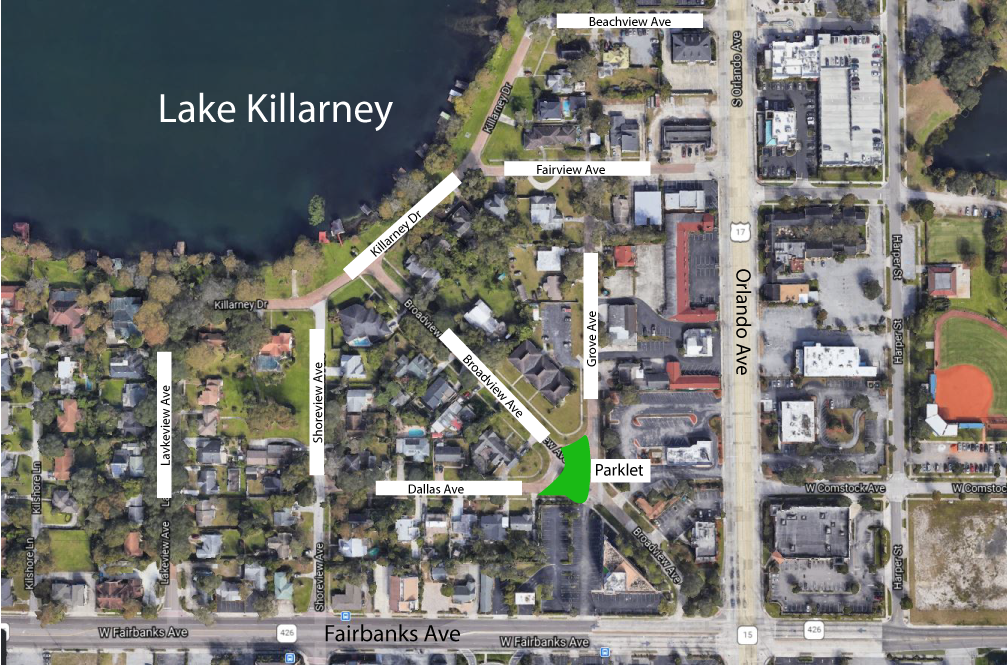
by Anne Mooney | Mar 30, 2021 | News, Zoning and Development
Killarney Estates – No Longer the ‘Forgotten Triangle’
Can the City Reunite the Neighborhood?
In late January, plans to build the Henderson Hotel in the triangle bordered by 17-92, Fairbanks Avenue and Lake Killarney, known as Killarney Estates, ran headlong up against Comprehensive Plan Policy 1-J-9, which reads, “Protect Single-Family Residential Use in the Killarney Neighborhood from Non-Residential Land Use Encroachment. The City shall preserve and protect the single-family residential land use within the Killarney neighborhood from commercial and office encroachment . . . .”
Just before midnight on January 27 — before the Commission could vote on Commissioner Marty Sullivan’s motion to deny – attorney for developer Adam Wonus withdrew the application to build the hotel. It was Game Over.
Killarney Neighborhood’s cut-through traffic
Despite the outcome for the Henderson, Adam Wonus’s two-year effort to win approval for his project produced some positive results for this neglected corner of Winter Park by shining a light on serious traffic problems and general infrastructure neglect by the City. For years, Killarney residents had been plagued by cut-through traffic trying to avoid the major intersection of 17-92 and Fairbanks Avenue, and the development of way-finding apps has only made matters worse as Waze and others direct drivers going from 17-92 to Fairbanks (or the reverse) through the back streets of the neighborhood.
City Planners to the rescue
When Adam Wonus began meeting with the Lake Killarney neighbors about his proposed hotel, they described their traffic woes and Wonus alerted City Planners to their need for help. Commissioners and City staff met with the neighbors and decided to field test a traffic barrier on the southern leg of the intersection of Killarney Dr. and Fairview Ave. The City also created a permanent physical separation of Grove Ave. from Dallas Ave. and Broadview Ave. Adam Wonus even paid for the planter bollards that formed the barrier at Killarney Drive and Fairview Ave.
The traffic calming measures worked, cut-through traffic has slowed to a trickle and most Killarney neighbors are living happily ever after.
Unintended Consequences – A Neighborhood Divided
The demise of the Henderson project, however, has left what would have been the commercial hotel property separated from the rest of the neighborhood. The successful measures to tame cut-through traffic in the residential area southwest of Fairview now separate that part of the neighborhood from the portion north and east of Fairview.
The northeast part of the neighborhood is a mix of residential, commercial and office, and part of it fronts on 17-92, but there are still residential lakefront parcels in that area which most of the Killarney neighbors and the all of the City Commission wish to protect from commercial development.
How to put the neighborhood back together?
At a special Commission meeting February 11, 2021, the Commission directed staff to come up with additional options to protect the residential lakefront property and to reintegrate those properties into the existing transportation network. City staff also has initiated negotiations with mapping companies to eliminate cut-through routes through the Killarney neighborhood.
Decisions on traffic solutions must be based on future land use
At the March 24 Commission meeting, Planning Department staff presented 12 possible solutions to the remaining traffic problems.
Commissioner Carolyn Cooper quickly pointed out how the cart may have gotten ahead of the horse. “There are very different possible traffic solutions, depending on what the land use is,” she said. “Before we talk about zoning, let’s talk about what future land use really makes sense on these five or six parcels. The traffic solution must be based on a resolution of future land use by this Commission.”
Commission agrees to future workshop to discuss future land use
Of the possible solutions to the traffic problems, the City’s first option describes measures that either are already in place or well into the planning stages. It includes the planter bollard barrier at Fairview and Killarney Dr., and a small park area that would cut off the connection between Broadview, Dallas and Grove Avenues. This area already has been cordoned off with temporary barriers and cones. The only thing missing was a funding source. To build the “parklet,” as it is called, the City had to find $165,000 in additional funds.
CRA or Parks Acquisition Fund?
Since the intersection of Broadview, Dallas and Grove falls within the CRA, money could come from CRA, or because it’s a ‘parklet,’ the money could come from the Parks Acquisition Fund.
Commissioner Sheila DeCiccio made a motion to move forward with this option, to leave the bollards as they are, build the ‘parklet’ with $165,000 from the Parks Acquisition Fund and to hold a workshop to discuss future land use and a more permanent traffic solution based on the future land use. Commissioner Todd Weaver seconded. Weaver amended the motion to add approximately $3,600 to reimburse Adam Wonus for the cost of the bollards, with a second from Commissioner Marty Sullivan.
The main motion, as amended, passed on a 5-0 vote.
To comment or read comments from others, click here →
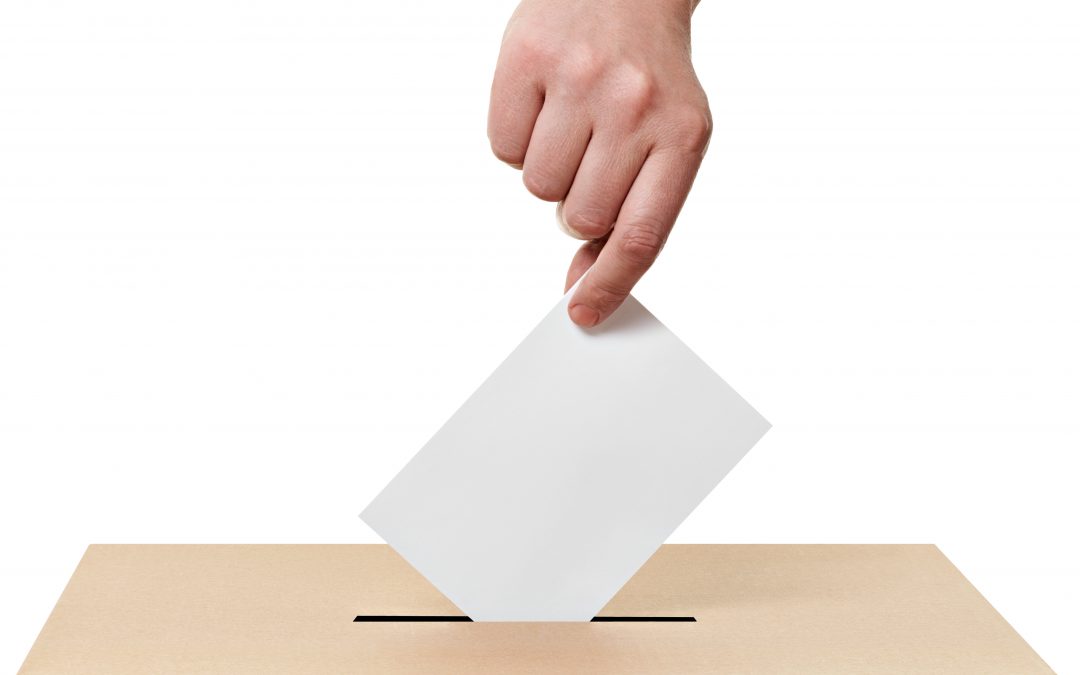
by Anne Mooney | Mar 17, 2021 | Election
Election Recap 2021
How Winter Parkers Saw the March 9 Election
by Anne Mooney / March 17, 2021
In an effort to make sense of the recent mayoral election, I polled a group of WP Voice readers – chosen because of their frequent activity on the Facebook group and their differing points of view – and asked them the following ten questions. A little over half the readers I approached responded, and to them, I am grateful.
Here are the questions and the substance of the responses. I agreed not to attribute any answer to any particular respondent.
- What single issue do you believe most strongly influenced this election?
All respondents cited future development as the most important issue. Since what the Commission does is primarily land use, a candidate’s vision of what the city should look like and how it should grow is always central. While there seemed to be a clear difference between the two candidates’ approaches to growth and development, the reality is that despite what they say they will do, the Mayor has just one of five votes.
In this race, the question of how the City will develop centered on the Library and the Orange Avenue Overlay. This respondent spoke for the rest when s/he wrote, “I think the OAO properly refined by P&Z and the Commission would not have been as hot an issue except that it came on the heels of the Library-Events Center. I have never seen so many people angry at how that project was handled from the start, people who were in favor of the Library are upset, and I think that dictated the way the last two Commission races went; and even as deep as her roots are in WP, I think that Library sealed Sprinkel’s fate.”
- Was there an issue that was not addressed that you believe should have been?
While about half the respondents said simply, “No,” the other half brought up the issues of ethics and accountability. “What is the score card by which voters can hold you accountable?” wrote one.
- What issue would you ask Phil Anderson to address in his first 100 days?
As you’d expect, this one garnered a variety of topics. Respondents wanted Anderson to bring the Commission together and set strategy for the next two to three years. Demonstrate that he’s going to respect and abide by the Comprehensive Plan. Pursue efforts to acquire the Post Office property, and assess the City Manager’s efforts to assist in this process and, in general, evaluate the City Manager’s service to the City.
Several urged that Commission meetings be reorganized to reduce or eliminate marathon meetings and to create greater opportunity for working people to participate. Nearly everyone wanted Anderson to bring clarity and direction to the Orange Avenue Overlay process. “I have seen lots of good ideas,” wrote one, “but we ought not let that area languish.”
Respondents saw a need to gain firmer control of decisions and approval on the library-events center, and to clarify the relationship between the City and the Library Board of Trustees. One wrote: “The fact that a non-elected, self-perpetuating Board, with only token representation from the City [one Commissioner sits on the Library Board] has so much authority over a major asset of the City is a strange arrangement. Before signing a lease with this entity, the Commission should have taken time to examine that relationship. The Library Board should have members appointed, as do other Boards, by the Mayor and Commissioners, and the City should reserve final authority on any major decisions.”
- Was there a campaign video, flyer, website page or other campaign collateral piece that stood out to you? (Or that you even remember?)
Most said they tossed the collateral material and thought it was a waste of money. Those who took the time to read the mailers tended to remember the negatives. One was disheartened to see a mailer that painted Anderson as “anti-woman,” calling it a “low blow.”
One respondent pointed out that the timing of the Events Center video “preview,” which featured Sarah Sprinkel prominently and had Mayor Steve Leary assuring us the project is on time and on budget, was probably not coincidental. Several respondents remembered (negatively) the “Important Tax Information” letter endorsing Sprinkel that was signed by Ken Bradley and Mike Miller.
There was a definite bias in favor of digital media, with social media and campaign website videos of both Sprinkel and Anderson viewed as more genuinely informative and less cumbersome than the collaterals that came on paper.
- Was there a slogan or catch phrase from either campaign that resonated with you?
Resounding “thud” here – all respondents except one answered No. The sole respondent who recalled a campaign slogan was clearly an Anderson supporter.
- How did you feel about the debates? Did they help you decide which candidate to support? Were there too many or too few, or just right?
The most interesting responses here were the ones that preferred the Sentinel video interviews with the two candidates to any of the debates. They found the Sentinel videos more informative and interesting.
All respondents agreed there should be public forums where the candidates share and contrast their views. The Library debate got high marks, and no one said there were too many opportunities to see the candidates square off in front of an audience. Respondents were united in their belief that the Chamber of Commerce debate would be improved by having a neutral moderator curating the questions.
- In hindsight, how do you think that ‘wild card’ question from the Chamber of Commerce should have been handled?
Respondents were unanimous in their opinion that the question as written should never have been asked. ‘Biased,’ ‘loaded,’ ‘inappropriate’ and ‘disgraceful,’ ‘offensive’ and ‘ham-handed’ were among the adjectives used.
One respondent wrote, “I thought both candidates fielded the question in equally good ways. Sarah shook her head and then went to the substance, which was fine. Phil directly addressed the problem with the question, which was also fine.”
Another respondent, who did not see the debate but who heard about the question, was a bit more pointed: “This moderator apparently prefaced a question submitted by someone with this charge of Sunshine Law violations . . . . If he was put up to it, it is vile, and if this guy did it on his own, either the President or the Chair of the Chamber should have immediately risen and made it clear to all that that statement was out of bounds and had no place at that debate.”
- For an ‘off year,’ a 34 percent turnout is quite high. Of the nearly 8,000 people who voted, however, nearly 3,000 waited until election day rather than voting by mail. Why do you think so many waited?
Most respondents thought people were happy to have an excuse to get out of the house. There was no early voting site in Winter Park, and Winter Park is a pretty traditional town where voters like to go to the polls on election day.
Several respondents expressed the opinion that 34 percent was a poor showing, but when compared with 15 percent for Ocoee, 19 percent for Windermere and 13 percent for Winter Garden, Winter Park is looking pretty good.
- Was there anything about the election that surprised you?
There are some good quotes here – let them speak for themselves.
“Neither candidate stooped to the level of bringing up dead relatives.”
“Phil Anderson won without any negative campaigning.”
“The audacity of the notion of putting residents first at City Hall was exactly what was needed.”
“The Commission should take note that the trend over the last few election cycles demonstrates that the residents want smaller scale, slower growth.”
“Keep your message positive and stick to the issues. Even mud slung by surrogates of the candidate tends to bounce back and sully the candidate her/himself.”
Many thanks to Lisa Coney, Bill Segal, Sandy Womble, Chele Hipp, Jack Miles, Jan Hommel, Doug Bond and Beth Hall, who gave the Voice permission to use their names. Thanks also go to additional respondents who did not wish to be identified. The care and thought that went into all of the responses speaks volumes. It is very clear that these people, our neighbors, are committed to our City and care deeply about our community.
To comment or read comments from others, click here →

 A friendly reminder. Just a few steps away from the Progress Point site sits Martin Luther King, Jr. Park, which has been stripped of well over 20 percent of its natural green space to make way for the Library-Events Center.
A friendly reminder. Just a few steps away from the Progress Point site sits Martin Luther King, Jr. Park, which has been stripped of well over 20 percent of its natural green space to make way for the Library-Events Center. We do not need to be entertained 24/7. Parks, by definition, don’t need to be “activated.” What we need is the viewshed. What we need is some relative peace and quiet. We need to able to hear ourselves think. We would like to enjoy the natural light.
We do not need to be entertained 24/7. Parks, by definition, don’t need to be “activated.” What we need is the viewshed. What we need is some relative peace and quiet. We need to able to hear ourselves think. We would like to enjoy the natural light.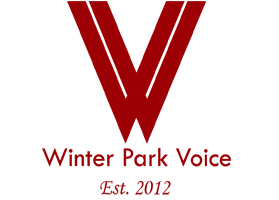





Recent Comments